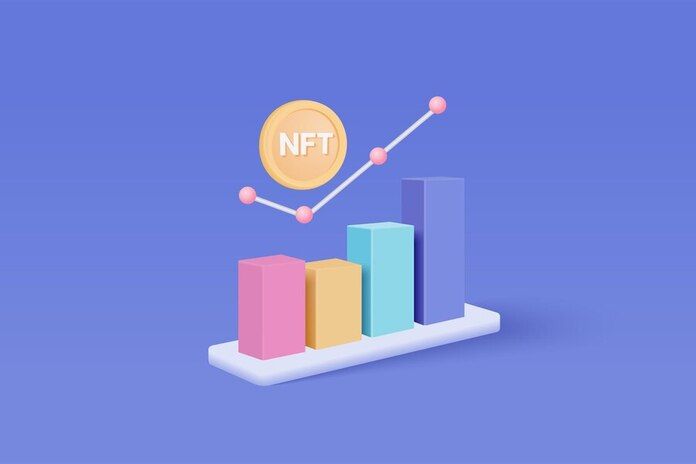Solana Plummets 30% as AltCoins Lead Crypto Market Downturn

Solana, Altcoins, and Memecoins Experience Sharp Declines
The cryptocurrency market is in turmoil, with altcoins facing severe losses. Over the past week, Solana (SOL-USD), Chainlink (LINK-USD), and Uniswap (UNI-USD) have all dropped 30%, according to CoinGecko data. Memecoins have also been hit hard, with Dogecoin (DOGE-USD) down 27% and Pepe (PEPE-USD) plummeting 39%.
Crypto Liquidations and ETF Outflows
In the past day alone, traders have liquidated over $1.23 billion worth of cryptocurrencies, as reported by CoinGlass. Bitcoin (BTC-USD) exchange-traded funds saw $237.4 million in outflows on Friday, marking the third-worst trading day since the spot ETFs began in January.
Reasons Behind the Crypto Market Downturn
The current crypto market decline is closely tied to the recent stock market meltdown. Since Wednesday, the S&P 500 (SPX) has fallen 5.5%, and the Nasdaq Composite (IXIC) has dropped 8%. The VIX Index (VIX), which measures stock market volatility, surged by one-third to over 65 points on Monday, the highest level since the early pandemic days.
Cryptocurrencies, known for their volatility, often experience significant price swings during times of broader market uncertainty. For instance, Bitcoin recently fell 11% in a single day due to waning interest rate hopes, despite rallying on better-than-expected inflation data in mid-May. “Reminder: Crypto is an important hedge against the global economy. When stocks are down 2%, crypto is down 20%,” noted one X user.
With their smaller market caps, meme coins are among the most volatile assets in the crypto space. Bitcoin, as the largest cryptocurrency by market cap, has seen a 20% drop over the past week, which is substantial but still less severe compared to memecoin losses. “Memecoins are the highest risk and highest reward part of the industry, known for their wild price swings. They act as the canaries in the coal mine,” said Jonathan Bixby, Chairman of Phoenix Digital Assets.
Stock Market Volatility Factors
The stock market’s recent volatility can be attributed to several factors. Tech stocks, which have driven market gains this year due to AI-related investments, are showing signs of a potential bubble burst. Disappointing earnings reports have fueled concerns about tech companies’ ability to generate returns. On Monday, Nvidia (NVDA) fell 6.5%, while Apple (AAPL) saw a 4.29% decline.
Macroeconomic factors are also contributing to market instability. The Bank of Japan recently raised interest rates for the first time in 17 years due to concerns about the Yen’s declining purchasing power against the U.S. Dollar. This move has led to a rise in the Yen and a significant drop in the Nikkei Index (N225), which fell 12% on Monday, the largest decline since 1987. This has forced investors to unwind the Yen carry trade, negatively impacting the U.S. stock market.
Additionally, disappointing job data has exacerbated market concerns. The Bureau of Labor Statistics reported a July increase of 114,000 jobs, falling short of the 175,000 expected. Revisions to previous months’ gains and a rise in the unemployment rate to 4.3% from 4.1% have added to the negative sentiment.
Featured Image: Freepik





